
BUYING A MOTORBOAT NEW OR SECOND-HAND
BARRY PICKTHALL

Published by Adlard Coles Nautical
an imprint of Bloomsbury Publishing Plc
50 Bedford Square
London
WC1B 3DP
www.adlardcoles.com
First edition published 2012
Copyright Barry Pickthall 2012
Print ISBN 9781408159279
epub ISBN 9781408159279
uPDF ISBN 9781408155950
All rights reserved. No part of this publication may be reproduced in any form or by any means graphic, electronic or mechanical, including photocopying, recording, taping or information storage and retrieval systems without the prior permission in writing of the publishers.
The right of the author to be identified as the author of this work has been asserted by him in accordance with the Copyright, Designs and Patents Act, 1988.
A CIP catalogue record for this book is available from the British Library.
This book is produced using paper that is made from wood grown in managed, sustainable forests. It is natural, renewable and recyclable. The logging and manufacturing processes conform to the environmental regulations of the country of origin.
Printed and bound in India by Replika Press Pvt Ltd.
Contents
There is something quite magical about motorboats. You can ski behind them, fish or dive from them, and use them to potter about on the river or cruise at speed from port to port. It is a pastime that the whole family can enjoy.
 Look before you leap
Look before you leapBuy the right boat for your needs and you will be a happy boat owner. Dont fall into the trap of allowing hearts to rule heads by falling in love with the first boat you see, and then regretting your purchase at leisure. This book provides a step-by-step guide to buying a boat, new or second-hand, it steers you around the hidden pitfalls, provides money-saving advice and helps you to select one that will give you years of enjoyment.
TIP
If you are buying through a dealer or from stock, check that the company operates a client account, and make payments directly to that account name.

Thats all very well, but since buying a powerboat can be one of the biggest purchases you may make, it is prudent to know what you are doing before going afloat. In the US, they have a slogan Get boat-smart from the start.
It is certainly worthwhile enrolling the family in a sea school to learn not just the rudiments of getting a boat to go where you want it to go, but how to communicate, dock and navigate competently. These are essential skills and your choice of boat will be all the more informed once you are competent and confident enough to take her out for the day or weekend.
 Ten questions to ask yourself before signing the cheque:
Ten questions to ask yourself before signing the cheque:
1. Who will use the boat?
2. How will you use her?
3. How often will the boat be used?
4. Where will you operate her?
5. What is your budget?
6. What type of motorboat will best suit your temperament?
7. Which construction type should you opt for?
8. Where should you base her?
9. Should you opt for single or shared ownership?
10. Should you charter her?

1. Who will use the boat?
Just family, or will you have friends onboard? This can have a bearing on size and interior layout.
2. How will you use her?
Water-skiing
Fishing
River cruising
Coastal cruising
Diving
3. How often will the boat be used?
Seasonally or year-round?
4. Where will you operate her?
River/estuary
Offshore
Live-aboard
5. What is your budget?
Determine what you can afford, not just the purchase price but ongoing costs. These include:
Fuel costs
Mooring fees
Insurance
Registration fees
Safety equipment
Annual maintenance
Instruction courses

6. What type of motorboat will best suit your temperament?
Are you competitive by nature, or prefer to cruise at a leisurely pace.
If you are a speed junkie, then fuel costs could temper your choice as far as size and power is concerned.
For cruising offshore, seaworthiness, and protection from wind and spray will be priorities.
If you are looking to base her inland, mooring availability could dictate overall length.
7. Which construction type should you opt for?
Fibre-reinforced plastic
Wood
Aluminium
Steel
8. Where should you base her?
On a trailer at home
Swinging mooring
Trots
Marina
9. Single or shared ownership?
Fully owned
Shared with family
Shared with partner(s)
Consortium
10. To buy or charter?
Divide the number of days that you anticipate using the boat by the annual budget. It may prove much cheaper to charter.
1
Hull types
What type of motorboat to buy? For many, there is a bewildering choice of shapes and sizes, some of them specific to the conditions and uses they will be put through. If you are interested in fishing on lakes or rivers then a stable, flat-bottomed boat will best serve your needs, but if waters are choppy or there is a coastal swell to counter then a boat designed to cut through the waves will be infinitely more comfortable. Hull forms are divided into two broad categories: displacement and planing.
Flat bottomed hulls

These provide the best performance in flat-water conditions and are also very stable, but slam badly in waves. They are favoured particularly as tenders, workboats and for fishing on inland waters. Their stability allows people to move freely around the boat when casting lines or nets. Some boats like the Cobia (opposite page) are fitted with an electric outboard on the bow for quiet, low speed trolling.
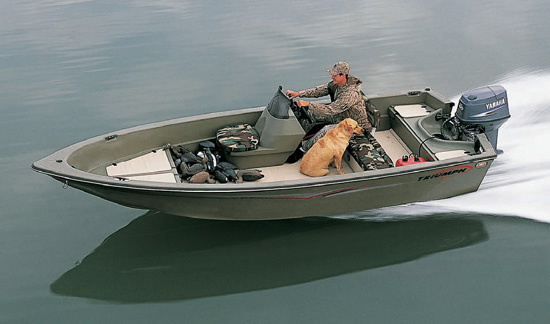
The specialist ski boat has become highly developed with a V bow and flat run aft to minimise wake, central fins to help maintain a steady straight line course, and an inboard engine set in the middle of the boat to provide the right balance. The latest designs have the tow-rope attached to an overhead bar also set amidships which further improves balance.
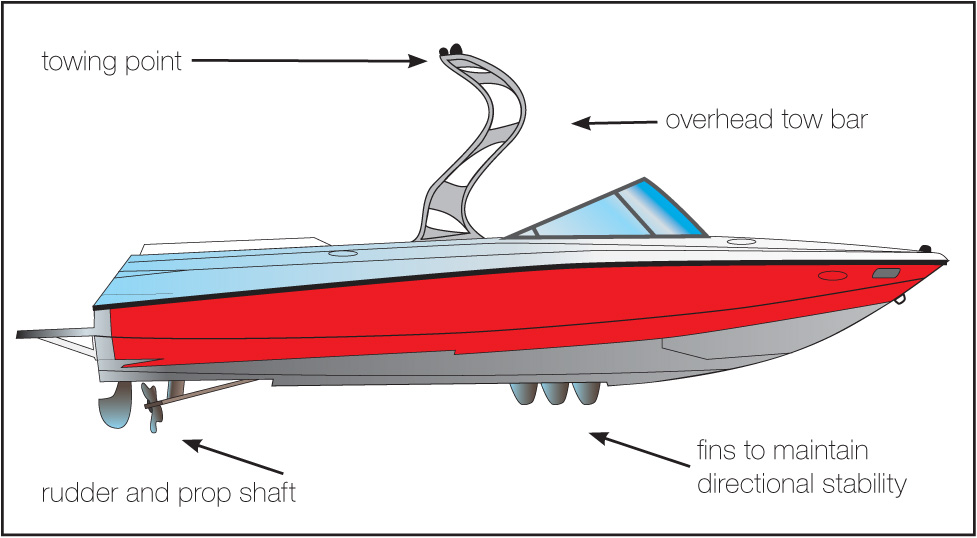
Next page

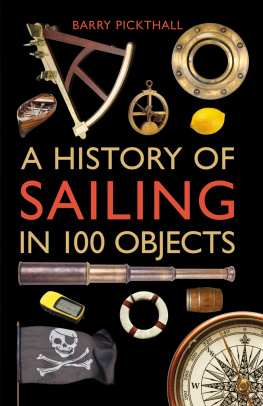
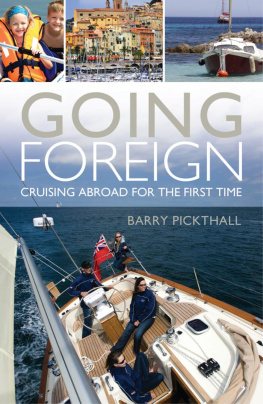
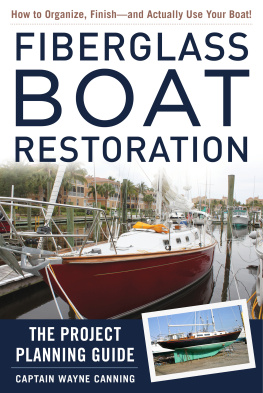

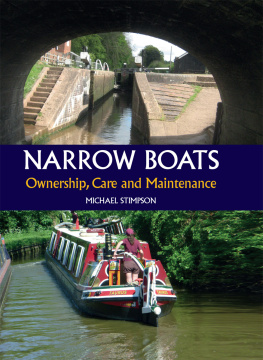
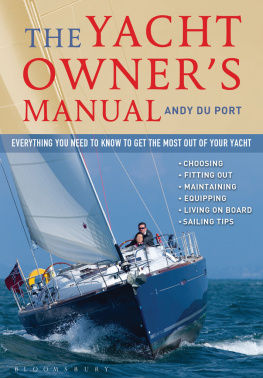
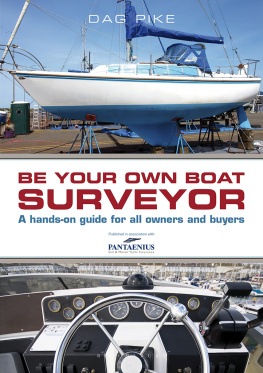
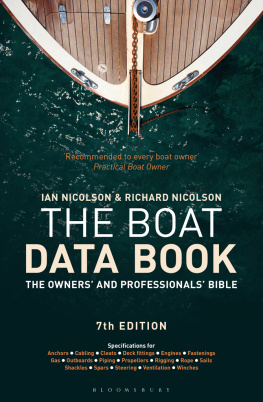
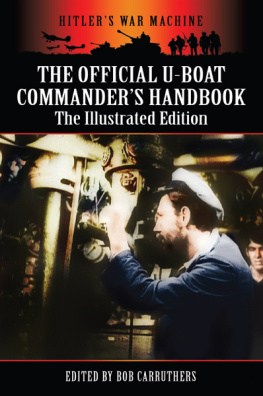
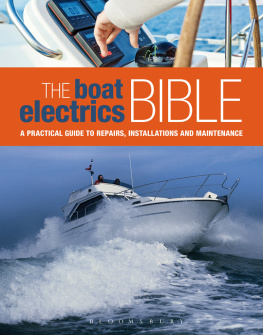


 Look before you leap
Look before you leap
 Ten questions to ask yourself before signing the cheque:
Ten questions to ask yourself before signing the cheque:



